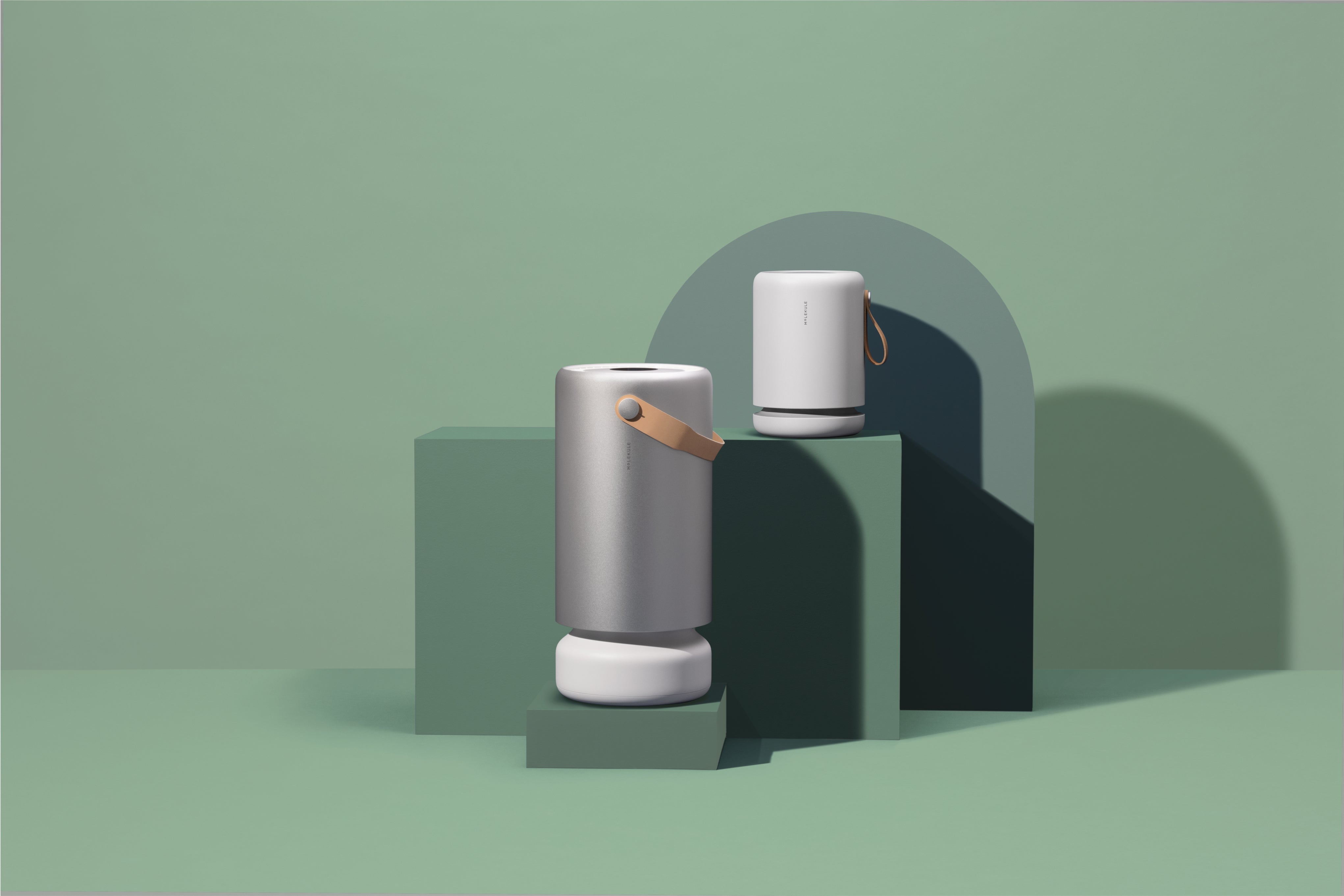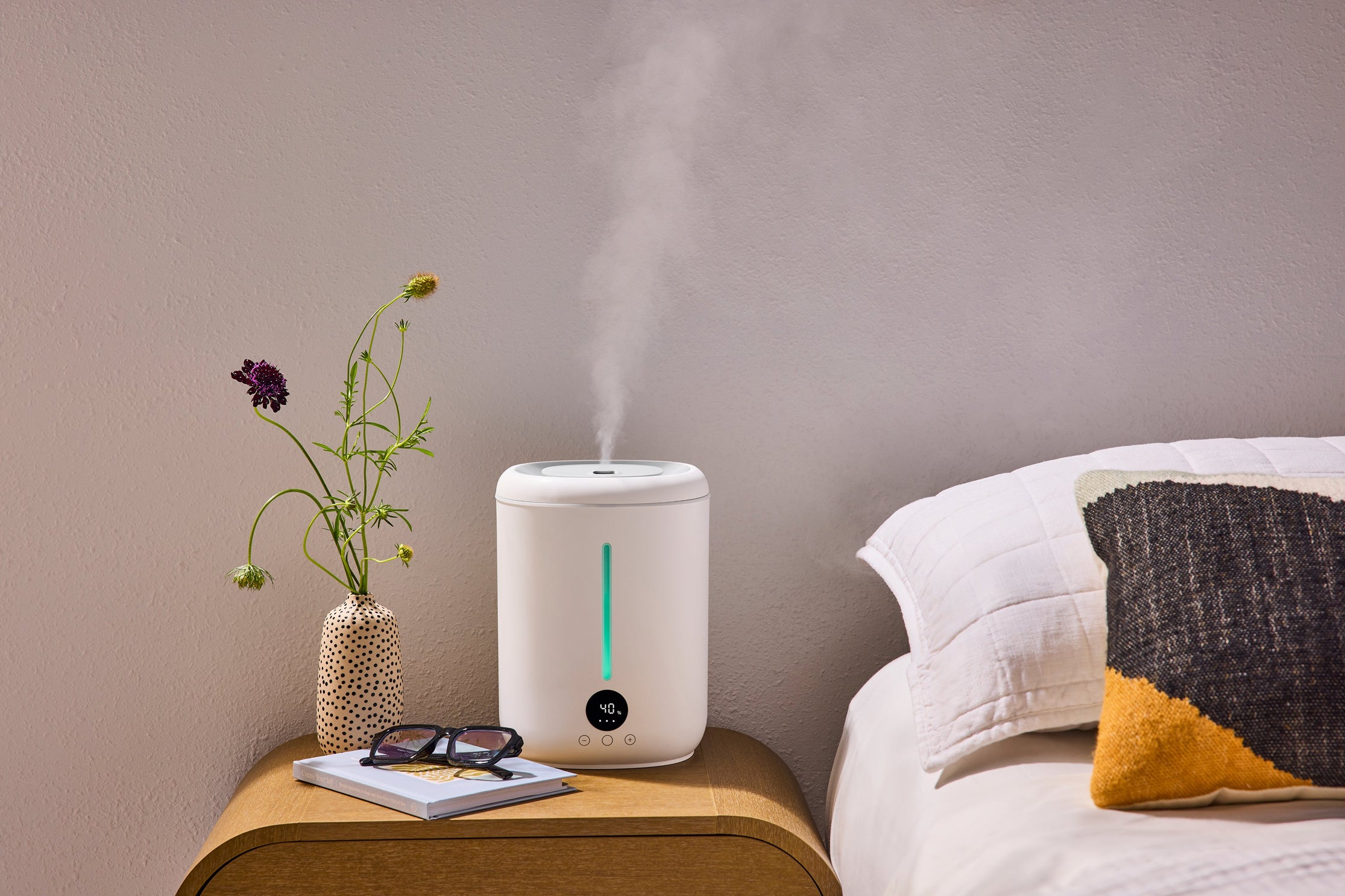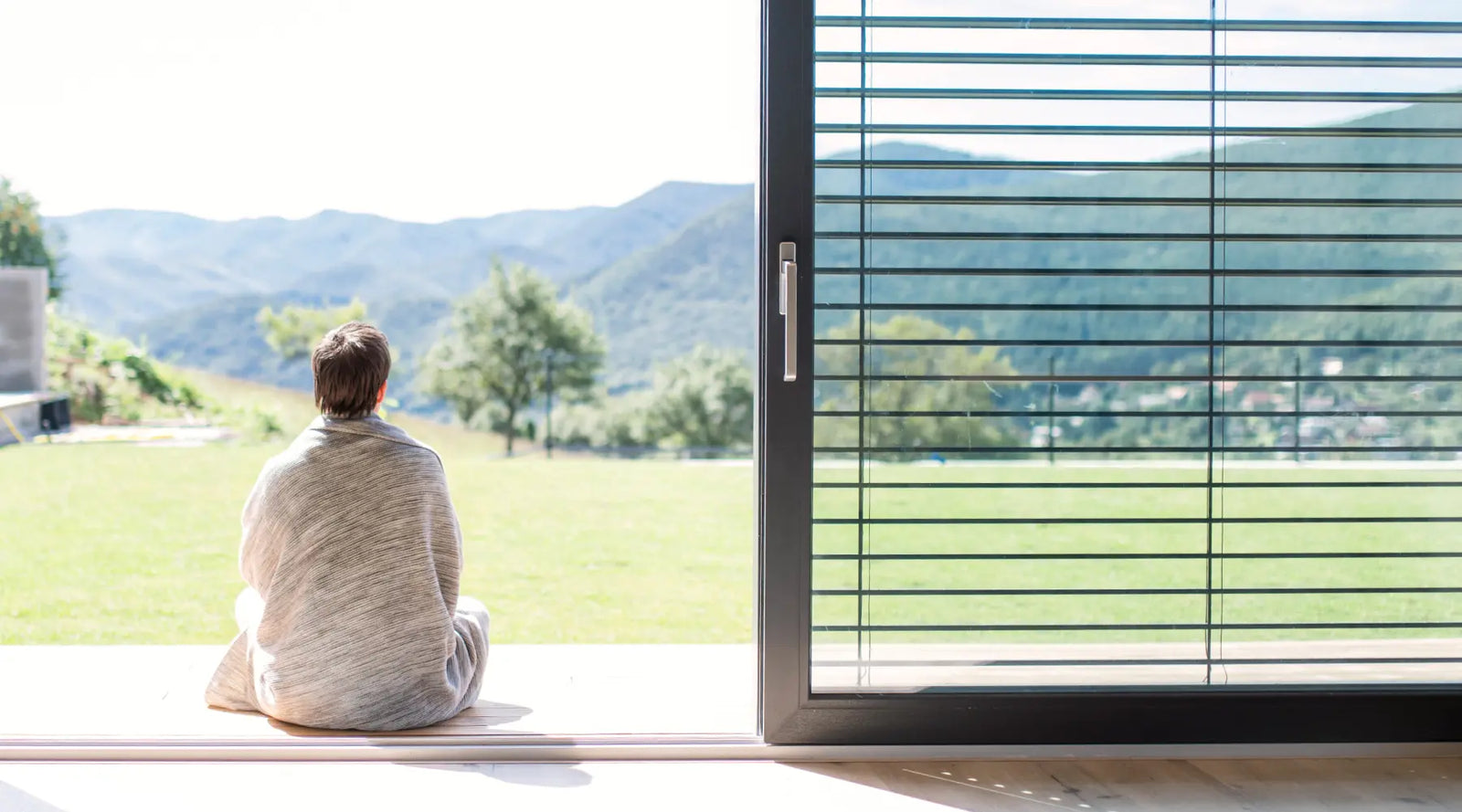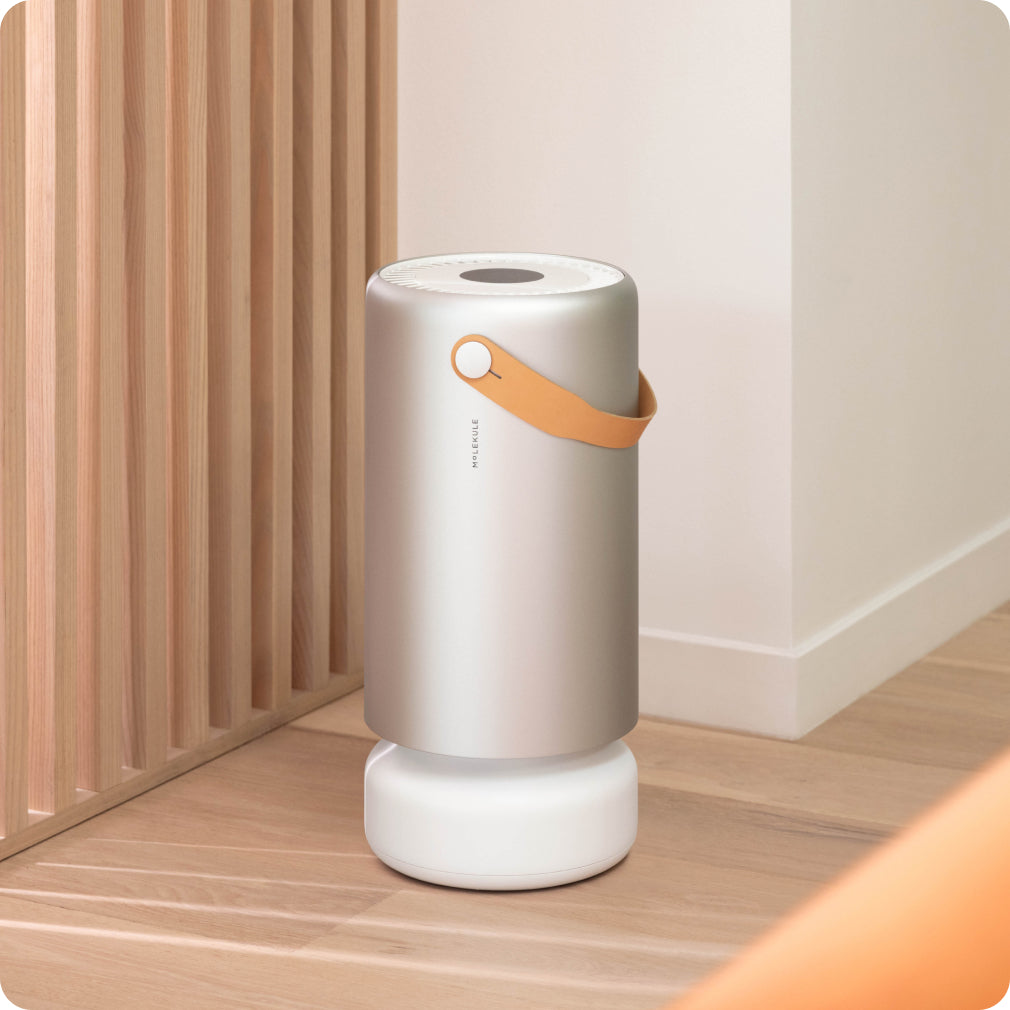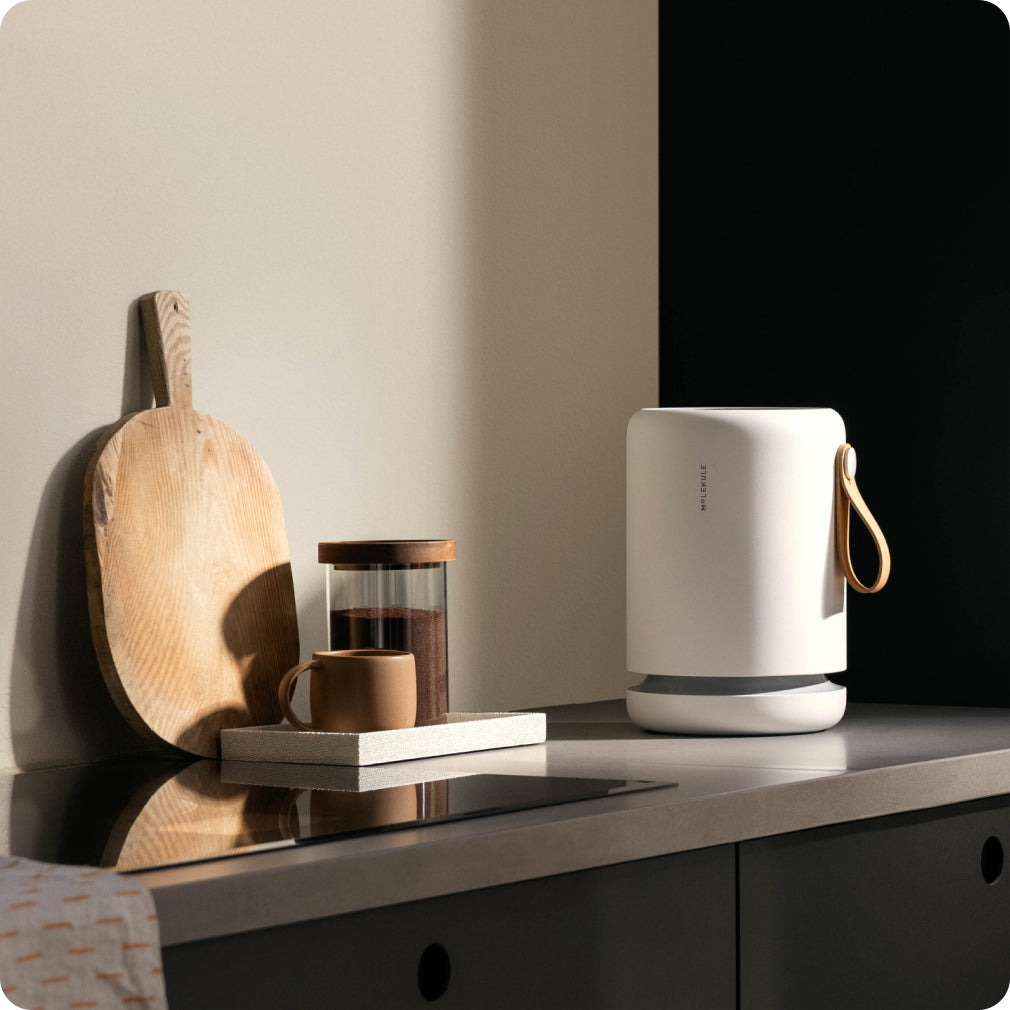National Clean Air Month got its start in 1972 when the American Lung Association sponsored the first-ever Clean Air Week to raise awareness about how air quality impacts public health. Since then, the annual week-long event has stretched into a Clean Air Month, and the focus has broadened to include the relationship between air quality, climate change, and the environment.
Each May, government agencies, non-profit organizations, businesses, and individuals work together on awareness campaigns, personal challenges, and fundraisers as part of Clean Air Month. (This year, Molekule started Clean Air Month early by participating in the annual ALA Fight for Air Climb to raise money for life-saving education, research, and advocacy to beat lung disease.)
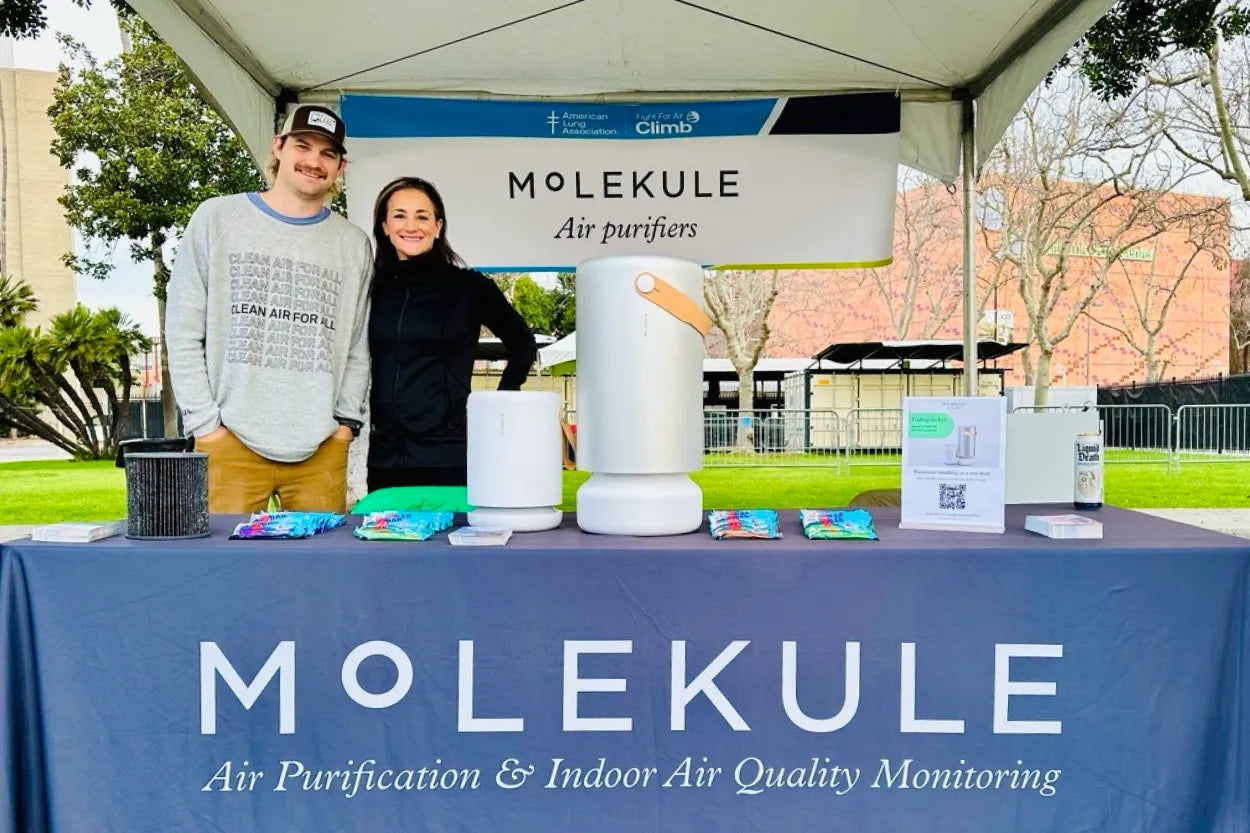
The 2024 Clean Air theme is “Knowing Your Air.” From May 6 to 10, the U.S. Environmental Protection Agency (EPA) will host an Air Quality Awareness Week to highlight resources that can help people recognize the causes of poor air quality, prepare for air quality events, and protect themselves from the health effects of air pollution.

Why is Clean Air Month so important?
Clean Air Month is near and dear to the Molekule team, since we’ve made it our mission to create a future with cleaner air, indoors and out. Clean air is essential for physical and mental well-being, and exposure to air pollution has been linked to a wide range of harmful health effects.
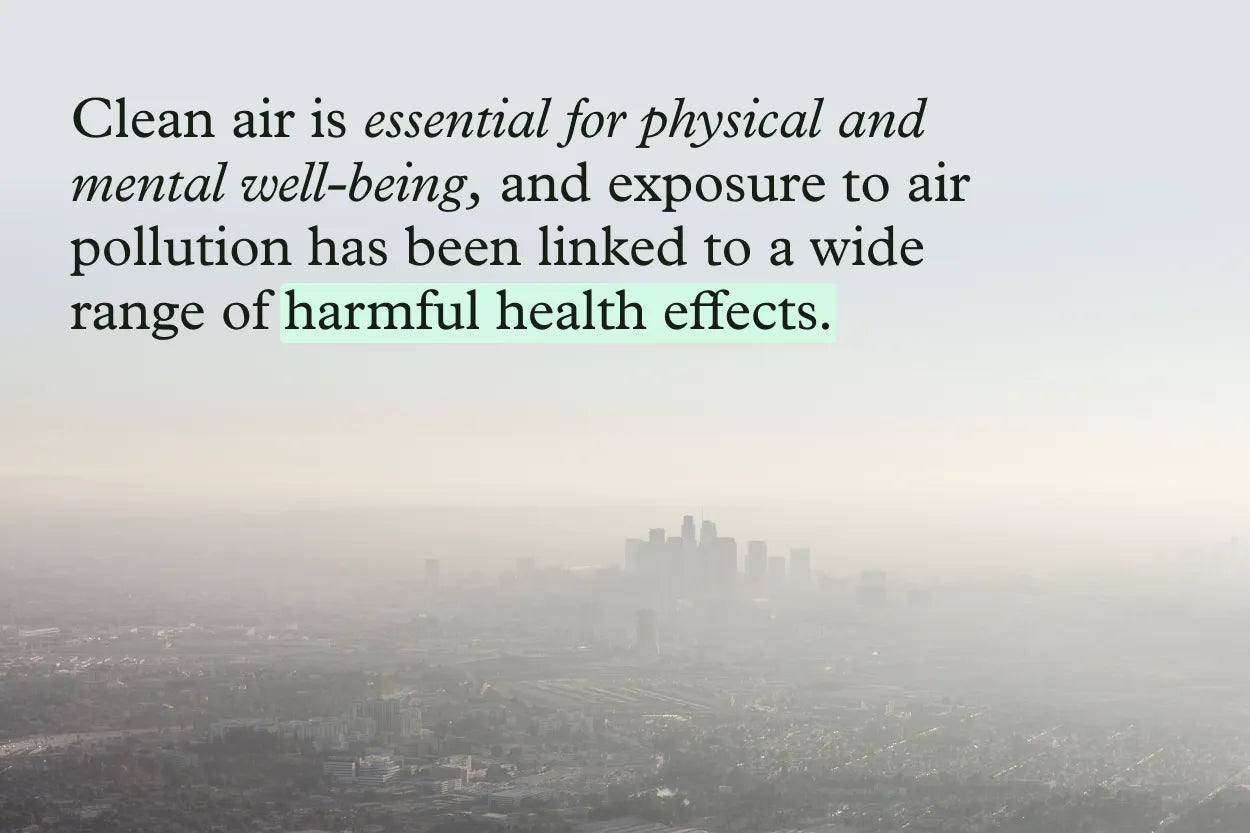
In the short term, breathing in air pollution can cause symptoms that mimic a cold or sinus infection, such as headaches, dizziness, fatigue, and eye, nose, and throat irritation. Long-term effects of air pollution exposure include emotional and mental health issues, lung disease, heart disease, and some cancers.
Improving indoor and outdoor air quality is crucial for preventing pollution-related illnesses, hospitalizations, and deaths. Clean Air Month is an important part of a larger movement to lower the impact of air pollution on public health.
Current air quality challenges
This Clean Air Month, the EPA has devoted two days to two pressing air quality concerns: wildfires and climate change. Wildfire smoke is the biggest source of air pollution in the western U.S., and it can cause unhealthy pollution levels in places hundreds or even thousands of miles from a fire site. With wildfire season on the way, this is the perfect time to connect people with resources to help them prepare for the severe impact of wildfires on air quality and protect themselves from exposure to wildfire smoke.
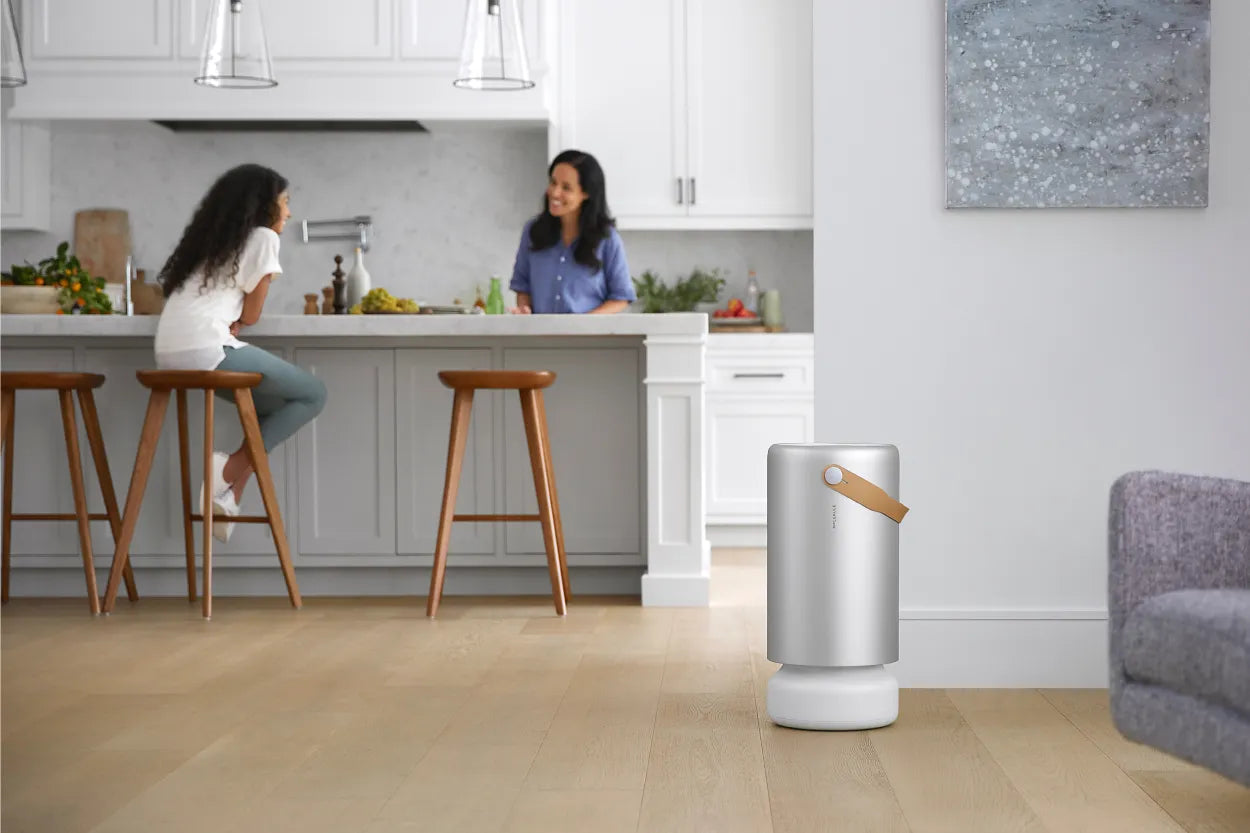
Read more: 5 Tips to Protect Yourself From Wildfire Smoke
In recent years, we’ve seen longer, more severe wildfire seasons caused by climate-related changes to temperature and weather patterns — but the impact of climate change on air quality doesn’t stop there. As air pollution impacts our climate, the resulting weather and temperature changes lead to even more pollution, including increased pollen and ground-level ozone. All of these climate-driven changes to air quality can also increase the public health burden of air pollution, which is even more reason to take action for cleaner air.
Read more: Climate Change and Air Quality: What You Need to Know
How can you participate in Clean Air Month?
Clean Air Month is all about education and action. As an individual, you can take part by reducing your contributions to outdoor air pollution and learning how to protect yourself from poor air quality.
Lower your impact on outdoor air quality
These everyday actions can help you do your part to reduce air pollution:
- Conserve energy at home. Look for ways to reduce your carbon footprint (and your energy bill) by cutting down on electricity use. Turn off lights and appliances when not in use, seal cracks around doors and windows to reduce air leakage, and only run your washing machine or dishwasher when you have a full load.
- Shop smart. At the store, look for ENERGY STAR certified appliances, light bulbs, and electronics that meet the EPA’s strict energy-efficiency guidelines.
- Cut down on auto emissions. When practical, leave the car at home and opt for more environmentally friendly ways to get around, such as carpooling, cycling, or walking. If you need to drive, try to run all your errands in one trip and avoid idling your vehicle.
- Stop the smoke. Avoid activities that cause smoke, including using a fireplace or wood stove, grilling, or burning leaves.
- Practice green gardening. When it’s time to replace your lawn mower or yard equipment, opt for battery-powered equipment over gas-powered.
- Watch your timing. Take extra care to minimize pollution-causing activities on days with high levels of ozone or particle pollution.
Protect yourself from indoor and outdoor air pollution
The EPA sets standards for outdoor air quality to help reduce outdoor air pollution, and the U.S. Air Quality Index uses these standards to report air quality across the country. On their website (Airnow.gov), you can find the current air quality in your area, along with any pollution-related health risks of spending time outdoors. Use this guide to help plan your outdoor activities and minimize your exposure to outdoor air pollution.
Figuring out your indoor air quality is a little trickier since you need an air quality monitor (or an air purifier equipped with an air quality monitor, like Molekule Air Pro and Air Mini+). Even if you don’t have a way to check your indoor air quality, you can still take steps to cut down on pollution in your home:
- Prioritize ventilation. Use exhaust fans to vent air outside after cleaning, cooking, or other activities that can contribute to indoor air pollution. Maintain your HVAC system according to the manufacturer’s instructions and replace your air filters regularly.
- Check your humidity. Mold and mildew thrive in humid environments. To help prevent mold growth from impacting your indoor air quality, aim to keep the relative humidity in your home between 30% and 50%.
- Keep pollution out. On bad air quality days, keep windows and doors shut to keep outdoor air pollution from coming indoors.
- Use an air purifier. Look for an air purifier with true-HEPA and activated carbon filters to remove both particle and gaseous pollution from your indoor air. Molekule air purifiers contain both types of filters, as well as proprietary PECO technology that destroys pollutants at the molecular level.
- Clean regularly. Dust, wash upholstery and bedding, and clean floors regularly to help keep allergens and other pollutants from building up on the surfaces in your home.
Clean Air Month may only last 31 days, but reducing air pollution is important year-round. Use these tips as a jumping-off point to prioritize clean air in your everyday life, and don’t forget to share your clean air stories on social media! Tag us @molekuleair to let us know how you’re celebrating Clean Air Month.
